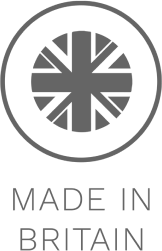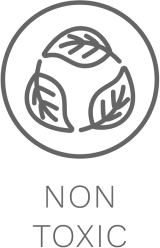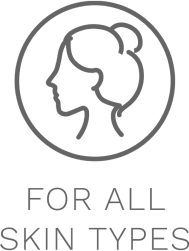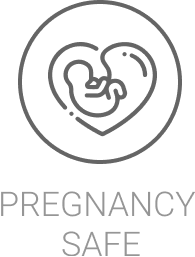04 Nov, 2019

What are your tampons and pads made from? These essential, trusted items can contain synthetic materials and toxic chemicals. Here, we’re taking a closer look that the ingredients hiding in your period care and why these could be potentially harmful to your body and the environment.
First things first, a few facts about the vagina!
Your vagina is a mucous membrane which is highly absorbent. Some studies show it absorbs fluids at a higher rate than skin. It’s also a very sensitive part of the body, with a delicate pH balance. Based on this information alone, you can already see why it’s important to be mindful of what products you’re using in the vaginal and vulval area.
Hidden ingredients in period care
Tampons, pads, liners and menstrual cups are all period care options
available on the market. Whilst in more recent years, we’re shining a light on these products and their ingredients, for many, many years manufacturers have managed to keep this under wraps. The FDA classifies period care products as ‘medical devices’ which basically means manufacturers are not required by law to disclose ingredients. The issue here is that these products are coming into contact with your vagina on a cyclical basis, throughout your menstruating life!
So, here are a few ingredients to be aware of that might be hiding in your
period care:
1) Rayon
Rayon is a manmade fibre produced from cellulose woodpulp. It’s widely used in tampons for its absorbent qualities. When rayon is processed, toxic chemicals are leaked into local waterways and the atmosphere. The bleaching process also creates dioxins as a by-product. Dioxin exposure is linked to several health concerns including Endometriosis.
2) Conventional cotton
Conventional cotton has been labelled ‘one of the world’s dirtiest crops’ as production uses approximately 16 percent of the world's insecticides and 7 percent of pesticides . Not only is cotton really damaging for the planet, it also carries residue of these toxic chemicals. Most mainstream tampons contain a mix of rayon and conventional cotton.
3) Plastic
Many mainstream tampons and pads have plastic packaging, wrappers and applicators. However, there is plastic in the actual product too in the form of polypropylene and polyethylene. In fact, a mainstream pad is composed of approximately 90% plastic . Plastic pollution is a key concern for the planet. Plastic is polluting the oceans, destroying wildlife and each piece of plastic can stick around in landfill for over 500 years. Plastic can also contain chemicals, including BPA which is a known endocrine disrupter (EDC). EDCs are harmful to your body and are linked to numerous health concerns.
4) Surfactants
Surfactants are chemical compounds widely used in items such as detergents. They are often added to mainstream pads and are sometimes referred to as ‘foams or gels.’ Chemical additives can lead to local irritation and reaction, especially in the sensitive vaginal area.
5) Fragrance
To debunk a myth, your vagina does not need fragranced products. It’s self cleaning organ, fragrance in soaps, gels etc can often do more harm than good. Fragrance is present in numerous pads on the market and sometimes even tampons! Synthetic fragrances can contain toxic chemicals such as phthalates. These again can disrupt vaginal pH balance and lead to irritation or discomfort.
Keeping it natural
This is just an overview! Our advice to always look closer at the products you use on a regular basis. Your period is a natural process, so your products should be natural too. Chemical additives and synthetic materials are not required in these products. The positive reviews and growing popularity of alternatives such as organic cotton period care products prove this! If you’re keen to discover more, and try something else, find us online and on socials .
Back to Blog









